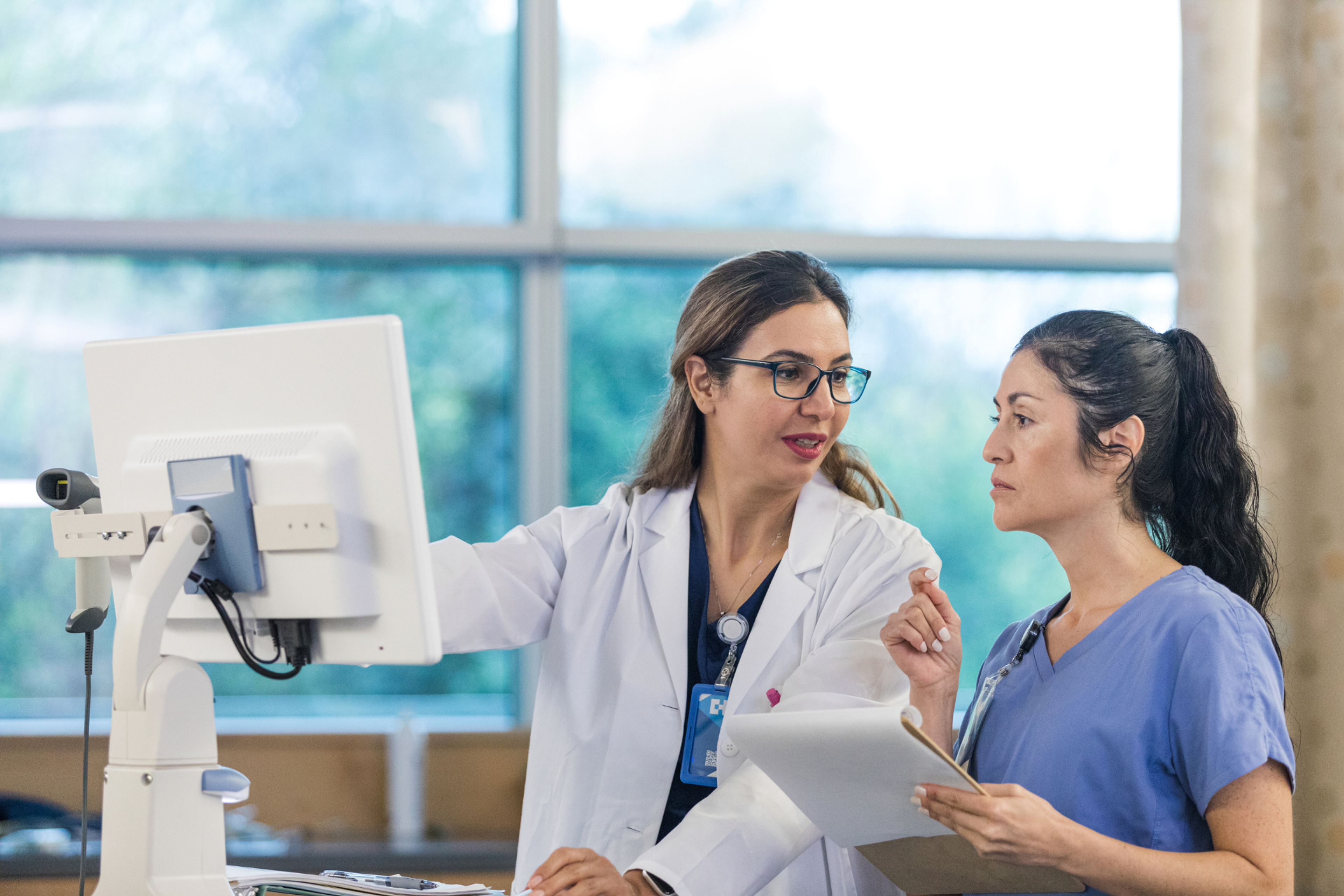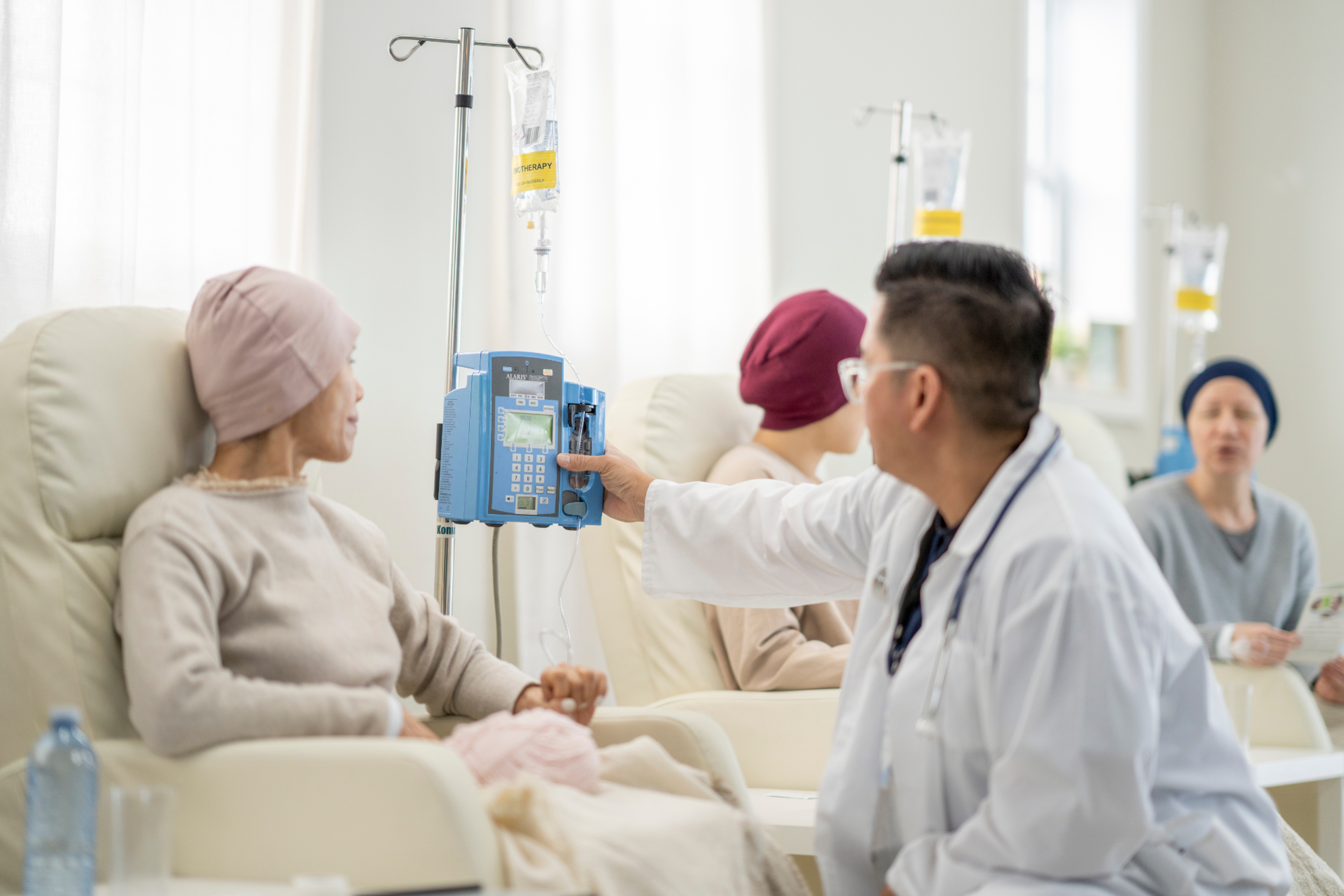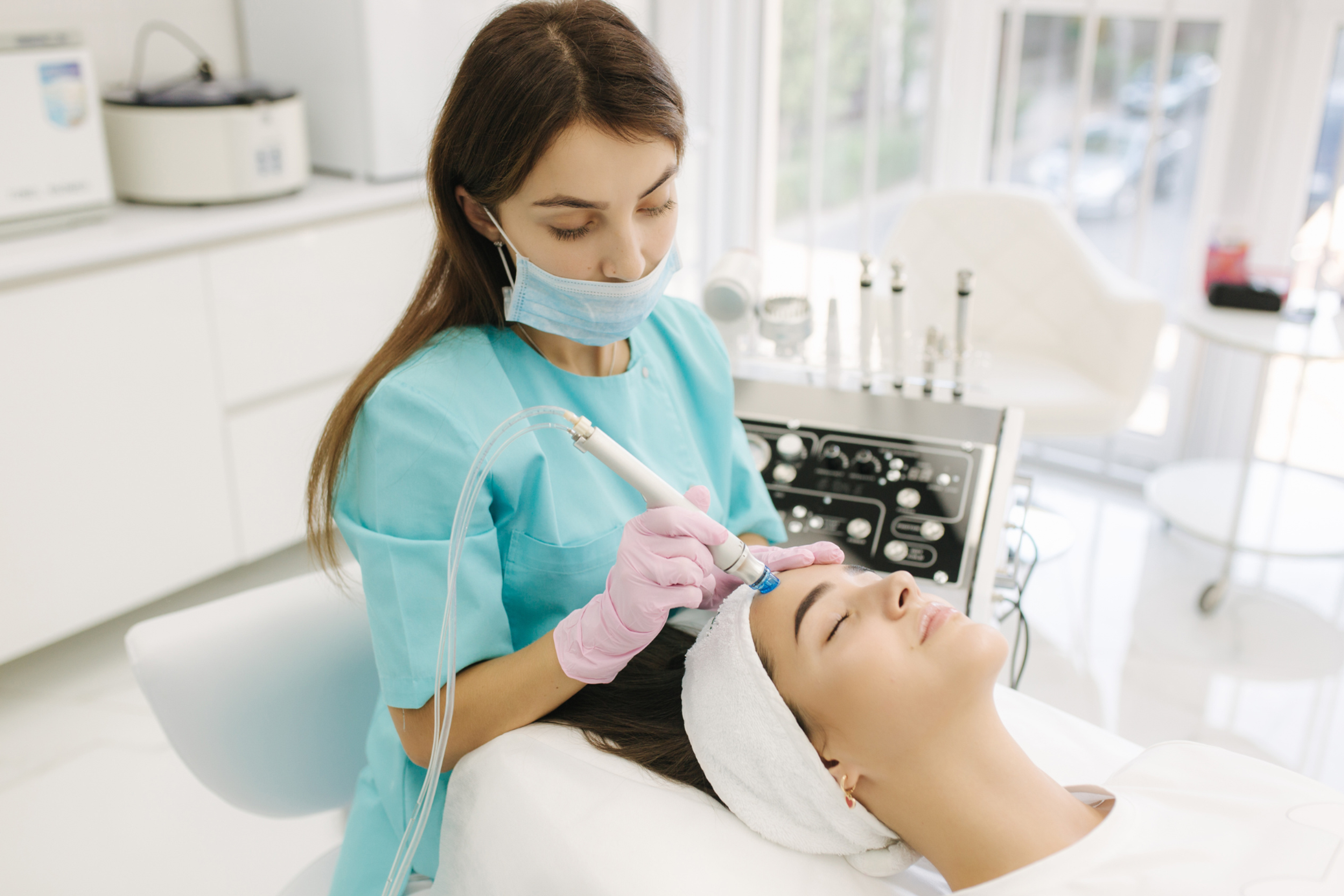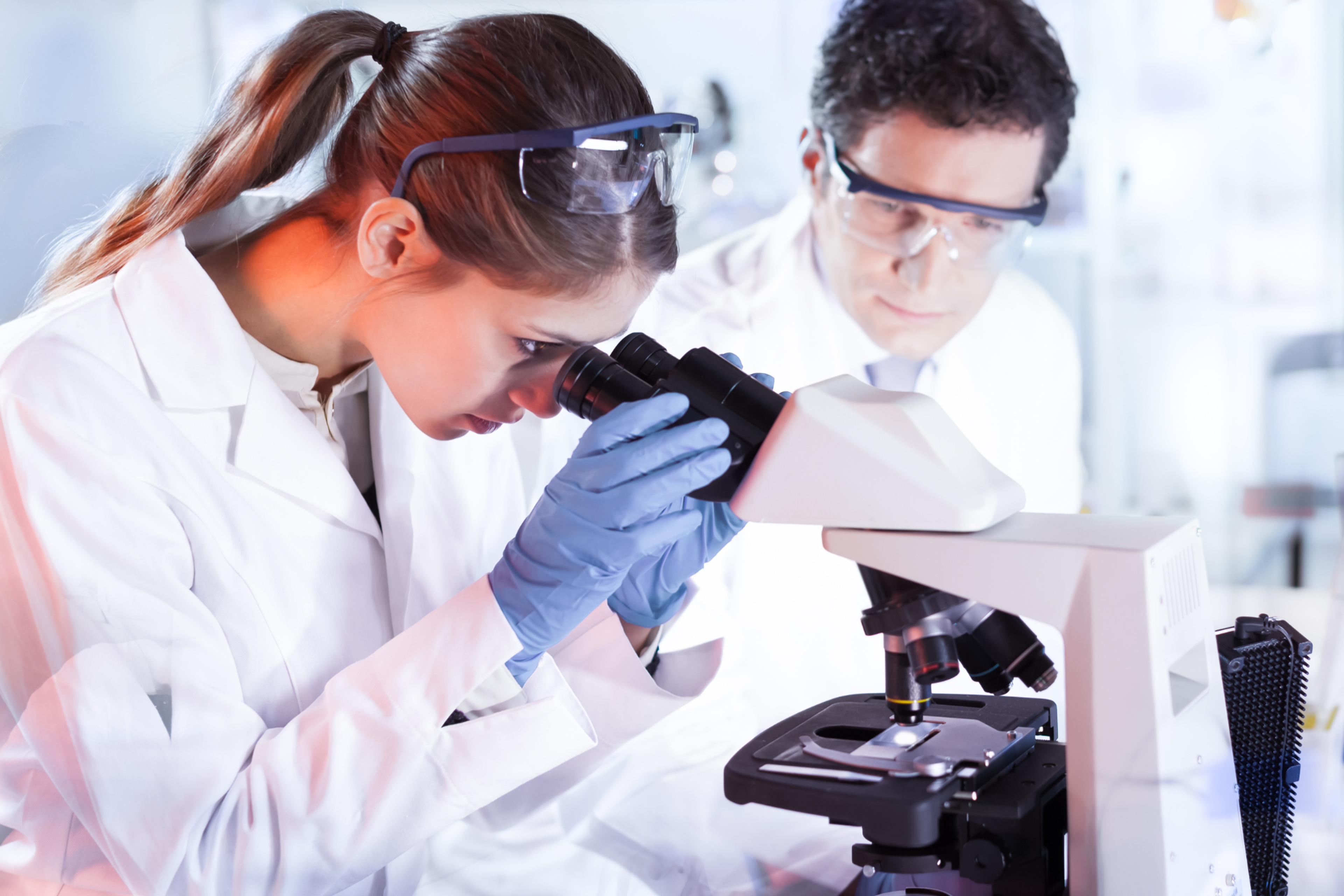How Long is Medical School – A Year-by-Year Breakdown
Wondering how long medical school takes? This year-by-year guide breaks down each stage of medical education, from foundational coursework to hands-on clinical training, helping you understand the journey to becoming a doctor.
Posted June 13, 2025
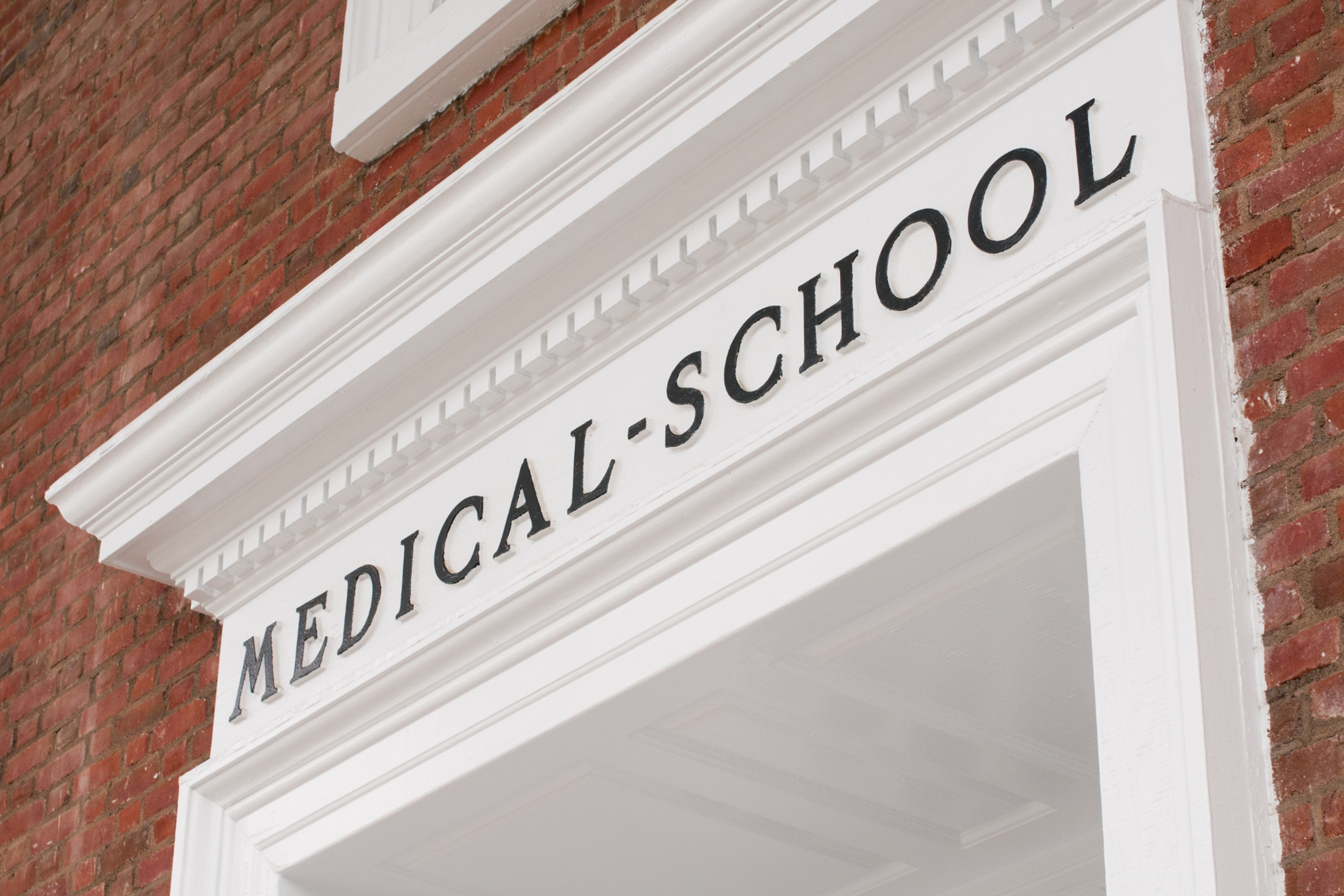
Table of Contents
Becoming a doctor is a challenging yet rewarding journey that requires years of preparation and dedication. Long before entering medical school, aspiring physicians begin building their foundation as soon as they graduate high school and enter college. This includes excelling in prerequisite science courses like biology and chemistry, gaining hands-on experience through volunteering and shadowing, and preparing for the MCAT—a key step in the admissions process.
Once in medical school, students face rigorous academic and clinical training, but that’s only part of the journey. Graduates must also complete residency and, in some cases, fellowship training before they can fully practice as licensed physicians. Let’s explore the timeline and structure of medical school in more detail.
Read: The Different Types of Medical Careers – and Which One is Right for You and The Ultimate Guide to Best Medical Schools in the US: T20 Medical Schools
Medical School – Year-by-Year Breakdown
Each year builds upon the previous one, gradually shifting from classroom-based learning to hands-on patient care. Here's what to expect during each year at most medical schools. Note that depending on your specialty, program, preferences, and other factors, this may look different for you.
- Year 1: Foundations
- Year 2: Clinical Skills
- Year 3: Clerkships
- Year 4: Electives and Residency Prep
Read: How Many Hours of Research for Medical School? A Comprehensive Guide
| Year | Learning Type | Skills Learned |
| 1 | Classroom | Effective communication, empathy, professionalism |
| 2 | Classroom | Collecting detailed medical histories, performing systematic physical exams, using tools (e.g. stethoscope) |
| 3 | Clinical | Apply foundational knowledge in clinical settings |
| 4 | Mixed | Deeper, specified study/experience and residency prep |
Year 1: Foundations
The first year of medical school, often called the “foundations” year, establishes the core knowledge and skills students will use throughout their medical education and career. This year focuses on mastering the basic sciences while beginning to understand the practical applications of medicine.
Learning Environment
Students spend much of their time in lecture halls, small group discussions, and labs, immersing themselves in subjects like anatomy, physiology, biochemistry, and pathology. These courses provide a detailed understanding of the human body’s structure and functions, forming the backbone of medical training.
In anatomy labs, students work hands-on with cadavers, exploring the intricacies of human anatomy in a way that no textbook can replicate. Dissecting cadavers allows students to appreciate the complexity of the body and prepares them for future clinical work. In biochemistry and physiology labs, experiments help connect theoretical concepts to real-life biological processes.
Beyond the classroom, students begin their introduction to clinical settings through shadowing opportunities. Observing experienced physicians interacting with patients offers an early glimpse into the realities of patient care and helps bridge the gap between theory and practice.
Skills Learned
- Knowledge-Based Skills: Mastery of foundational sciences such as human anatomy, cellular processes, and disease mechanisms.
- Clinical Skills: Introduction to patient histories, basic physical exam techniques, and medical ethics.
- Soft Skills: Communication, empathy, and professionalism, developed through interactions with peers, faculty, and patients.
The first year is transformative, pushing students to adapt to a demanding workload while fostering intellectual growth and a deeper appreciation for the field of medicine.
Example
- Normal Structure and Function
- MED-110 - NSF - Musculoskeletal
- MED-120 - NSF - Thorax and Neck
- MED-130 - NSF - Abdomen and Pelvis
- MED 100: Molecular Foundations in Medicine
- EPI 100: Epidemiology and Biostatistics
- MIM 100: Introduction to Medical Information Management
- MED 105: Healthcare Quality ImprovementFoundations of Patient Safety
- MED-150: Principles of Immunology, Pharmacology and Therapeutics
- MED 101: Clinical Interviewing
- MED 140: Introduction to Pathology
- HCE 101: Foundation in Health Care Ethics
- MED 104: Medicine and Society
- MED 103: Leadership in the Business of Medicine
- MD 100: Professional and Personal Development I
- RMED 101: Bench to Bedside I
- MED 160: Brain and Behavior
- MED 170: Cardiovascular System
- MED 102: Clinical Diagnosis
- HCE 201: Clinical Reasoning in Healthcare Ethics

Year 2: Clinical Skills
The second year of medical school builds on the foundational knowledge from year one, with a stronger focus on developing the clinical practice necessary for patient care. This year marks the transition from understanding how the body works to diagnosing and treating disease.
Skills Learned
Key skills covered in the second year include collecting detailed medical histories, performing systematic physical exams, and using tools like stethoscopes and otoscopes. Students practice these techniques on standardized patients, building confidence and accuracy under the guidance of experienced physicians.
Additionally, medical students learn to interpret lab tests, imaging, and other diagnostic tools, connecting clinical findings to test results to make accurate diagnoses. Communication skills are also emphasized, as students begin to engage in simulated patient encounters where they practice empathy, active listening, and delivering sensitive information.
The second year helps medical students understand patient-centered care, recognizing the importance of considering a patient’s unique values and background when creating treatment plans. By the end of this year, they are prepared to enter clinical rotations, where they will apply these skills directly in real patient care settings.
Read: Clinical Experience for Medical School: Why It Matters and How to Get It
Year 3: Clerkships
The third year of medical school, often regarded as the most challenging and rewarding, is when students transition fully into clinical settings. Through rotations in various specialties, students gain hands-on experience and begin shaping their career interests.
Learning Environment
Clerkships immerse students in the day-to-day life of a physician. Rotations typically include internal medicine, surgery, pediatrics, obstetrics and gynecology, psychiatry, and family medicine. Students spend long hours in hospitals and clinics, working alongside residents and attending physicians.
Each rotation lasts several weeks, providing an in-depth look at the responsibilities, challenges, and rewards of each medical specialty. Students are often expected to take patient histories, perform physical exams, assist in procedures, and present cases to their teams.
Skills Learned
- Patient Care: Applying classroom knowledge to diagnose and manage real patients.
- Teamwork: Collaborating with healthcare teams and understanding the dynamics of working in a medical hierarchy.
- Self-Reflection: Gaining insight into which specialties align with their skills and interests.
Year 4: Electives and Pre-Residency
The final year of medical school is about refining skills, exploring specialties through electives, and preparing to begin residency. It’s a time to showcase strengths and solidify career goals.
Learning Environment
Students have the flexibility to choose elective rotations that align with their interests, allowing them to deepen their knowledge in potential specialties. For example, a medical student interested in cardiology might opt for an elective in interventional cardiology.
In addition to electives, students participate in sub-internships, taking on increased responsibilities to prepare for the rigors of residency. This includes managing patient care plans and making clinical decisions under the supervision of attending physicians.
Skills Learned
- Specialty Expertise: Building advanced skills and knowledge in specific fields through targeted electives.
- Residency Prep: Writing personal statements, gathering letters of recommendation, and preparing for interviews.
- Leadership: Taking on more responsibility in patient care and decision-making.
Residency
After graduating from medical school and earning their degree (M.D. or D.O.), aspiring doctors must complete a residency program before they can practice independently. Residency is an essential part of the training process, providing hands-on experience in diagnosing and treating patients under the supervision of experienced physicians.
Duration by Specialty
The length of residency training varies significantly based on the chosen specialty:
- 3-Year Programs: Family medicine, internal medicine, and pediatrics are among the shortest residencies, requiring three years of training.
- 4-5 Year Programs: Specialties like psychiatry, general surgery, and emergency medicine typically require four to five years to complete.
- 6-7+ Year Programs: Highly specialized fields, such as neurosurgery, plastic surgery, or cardiothoracic surgery, demand six to seven years – or more – of residency.
Each year of residency adds depth and expertise, with residents taking on increasing responsibilities as they progress.
Fellowships
After completing residency, some physicians choose to pursue fellowships for additional subspecialty training. Fellowships generally add 1 to 3 years of training, depending on the field.
Internal Medicine Fellowships
- Cardiology (3 years): Focuses on diagnosing and treating heart-related conditions.
- Gastroenterology (3 years): Specializes in the digestive system and liver disorders.
- Hematology/Oncology (3 years): Covers blood diseases and cancers.
- Endocrinology (2 years): Deals with hormone disorders like diabetes or thyroid disease.
- Pulmonology and Critical Care (2-3 years): Combines lung diseases and intensive care training.
- Infectious Disease (2 years): Focuses on diseases caused by bacteria, viruses, and other pathogens.
Surgical Fellowships
- Trauma Surgery (1-2 years): Specializes in acute injuries and critical care.
- Plastic and Reconstructive Surgery (2-3 years): Covers cosmetic and reconstructive procedures.
- Pediatric Surgery (2 years): Focuses on surgical care for children and infants.
- Transplant Surgery (2 years): Concentrates on organ transplantation, such as kidney or liver transplants.
Pediatrics Fellowships
- Neonatology (3 years): Provides specialized care for newborns, especially preterm or critically ill infants.
- Pediatric Cardiology (3 years): Focuses on heart conditions in children.
- Pediatric Hematology/Oncology (3 years): Specializes in childhood cancers and blood disorders.
- Developmental and Behavioral Pediatrics (3 years): Addresses developmental delays and behavioral challenges in children.
Emergency Medicine Fellowships
- Toxicology (2 years): Focuses on poisonings, drug overdoses, and environmental exposures.
- Ultrasound (1 year): Trains physicians to use ultrasound technology in emergency settings.
- Sports Medicine (1 year): Combines musculoskeletal care and injury management for athletes.
Anesthesiology Fellowships
- Pain Medicine (1 year): Treats chronic pain using a multidisciplinary approach.
- Critical Care Medicine (1-2 years): Focuses on managing critically ill patients.
- Pediatric Anesthesiology (1 year): Specializes in anesthesia for children.
Obstetrics and Gynecology Fellowships
- Reproductive Endocrinology and Infertility (3 years): Addresses infertility and hormonal issues in reproductive health.
- Gynecologic Oncology (3-4 years): Focuses on cancers of the female reproductive system.
- Maternal-Fetal Medicine (3 years): Specializes in high-risk pregnancies and fetal complications.
Fellowships allow physicians to gain highly focused expertise, opening doors to niche areas of medicine, such as interventional radiology, pediatric surgery, or reproductive endocrinology.
Other Routes to Medical School
Gap Year (+1 Year)
Many students choose to take a gap year between college and medical school to strengthen their med school application. During this time, they may gain clinical experience, conduct research, or complete a master’s degree. A gap year can also allow time for retaking the Medical College Admission Test (MCAT), improving prerequisite grades, or saving money for medical school (medical school debt is no joke!).
While a gap year adds an additional year to the overall timeline, it can significantly enhance a student’s application, increasing the likelihood of acceptance into competitive programs.
Dual-Degree Candidates (+1-4 Years)
Some students pursue dual-degree programs alongside their medical education to broaden their expertise:
- MD/MPH (Master of Public Health): Adds 1 extra year and prepares students for careers in public health or healthcare policy.
- MD/MBA (Master of Business Administration): Adds 1 extra year and equips physicians to lead in healthcare administration or entrepreneurship.
- MD/PhD: Adds 3-4 years (total of 7-8 years) and is ideal for those pursuing careers in academic medicine or medical research.
While these programs extend the timeline, they offer specialized training and open doors to unique career opportunities.
International Medical Graduates (IMGs) (+1-3 Years)
Students who attend medical school outside the U.S. and later apply for residency programs in the U.S. may face additional time requirements:
- ECFMG Certification: Obtaining certification to practice in the U.S. can take months to years.
- Residency Matching Challenges: IMGs often require extra time to secure a residency spot, especially in competitive specialties.
Accelerated Programs (-1 Year)
Some U.S. medical schools offer 3-year MD programs for students with clear career goals, such as primary care or specific specialties. These programs condense the first two years of classroom learning and clinical rotations into three years, often guaranteeing a residency spot upon graduation. While accelerated programs reduce the time spent in medical school, they require intense focus and commitment.
Military Commitments (+3-5 Years)
Students who receive military scholarships, such as through the Health Professions Scholarship Program (HPSP), may face time extensions due to service obligations. Military physicians are required to serve active duty for a number of years after residency. Delays in residency matching can also occur due to military-specific timelines or needs.
Post-Baccalaureate Programs (+1-2 Years)
Students who lack the required coursework for medical school may complete a post-baccalaureate program to meet prerequisites and improve their academic background and credentials. These are a common step for career changers or students looking to strengthen their medical school application.
Other Steps on the Path to Becoming a Doctor
The journey to becoming a doctor doesn’t stop at medical school or even residency. Aspiring physicians must navigate several other steps before they can practice independently. Here’s what to expect along the way.
Passing Licensing Exams – Medical school students are required to pass a series of high-stakes exams to advance and eventually practice medicine. These exams test everything from foundational medical knowledge to real-world decision-making skills and require months of intensive preparation.
- For M.D. students, the United States Medical Licensing Examination (USMLE) includes Step 1, Step 2 CK (Clinical Knowledge), and Step 3, which is typically completed during residency.
- For D.O. students, the equivalent is the Comprehensive Osteopathic Medical Licensing Examination (COMLEX) Levels 1, 2, and 3.
Matching Into a Residency Program – The residency match process is a critical step in a doctor’s training. Students apply for residency through the Electronic Residency Application Service (ERAS) and rank their preferred programs. The process involves crafting a compelling personal statement, gathering letters of recommendation, attending interviews with potential programs, participating in Match Day, where students learn which program they’ve matched with through the National Resident Matching Program (NRMP).
For students who don’t match initially, reapplying the following year or pursuing alternative paths can delay their journey by at least a year.
Securing Medical Licensure – Graduates must apply for a medical license in the state where they plan to practice. Licensure requirements vary but typically include completion of medical school and residency, passing licensing exams (USMLE or COMLEX), and submitting proof of clinical training and competency. This process can take several months to finalize, so planning ahead is essential.
Credentialing for Practice – Before starting clinical work, physicians need hospital and insurance credentialing. These processes verify qualifications and ensure doctors can work in hospitals and bill for services. Credentialing is an administrative step that can take weeks or even months to complete, depending on the healthcare system.
Continuing Medical Education – Even after becoming a fully licensed physician, the learning never stops. Doctors must complete Continuing Medical Education (CME) credits regularly to stay up to date with medical advancements and maintain their board certification. Periodic recertification exams are also required, ensuring physicians meet the highest standards of patient care.
Is the Long Timeline Worth It?
Becoming a doctor is one of the most demanding career paths, requiring years of rigorous education, training, and personal sacrifice. However, for those who feel a deep calling to medicine, the rewards often outweigh the challenges.
Doctors experience unparalleled career satisfaction, knowing they make a tangible difference in people’s lives. The financial rewards are significant, with high earning potential and long-term job security in a field that will always be in demand. Beyond financial and professional success, the role offers the privilege of continuous learning and the chance to contribute to medical advancements.
That said, the journey is not without challenges. The time commitment, high cost of education, and potential for burnout can be daunting. Ultimately, the decision comes down to personal passion, resilience, and whether the rewards—both personal and professional—align with your long-term goals. For many, the opportunity to save lives and impact healthcare makes the journey well worth it.
Get Into Medical School With the Help of an Expert
The medical school application process is complicated, long, and winding. The best way to navigate it effectively is to work with admissions experts who have tons of experience helping applicants get into their dream program and medical field. Whether you’re trying to go into research, become a practicing physician, or anything else, working with a coach will massively increase your chances of admission. Here are some of the most popular medical school admissions experts, browse them all here.
FAQs
Does med school take 10 years?
- No, medical school itself typically takes four years to complete. However, after medical school, doctors must also complete a residency program, which can take an additional 3-7 years depending on the specialty. The full journey to becoming an independent, licensed physician may therefore take around 10-15 years in total, including undergraduate studies, medical school, and residency.
Are you a doctor after 4 years of finishing medical school?
- Yes, after graduating from medical school, you earn a Doctor of Medicine (MD) or equivalent degree, which allows you to be called a "doctor." However, new MDs still need to complete a residency program to practice independently and gain board certification in their chosen specialty.
What is the shortest time to become a doctor?
- The shortest path to becoming a doctor can be through accelerated medical programs that combine undergraduate and medical school in a 6-7-year track. Additionally, some residency programs may last as little as 3 years, typically for general specialties like family medicine.
What is the quickest doctor to become?
- The quickest route to becoming a practicing doctor is often in fields like family medicine, internal medicine, and pediatrics. These specialties typically require 3 years of residency training after medical school, making them some of the faster paths to independent practice.
How much does medical school cost?
- Depending on location, institution type, and other costs, the average medical school cost in the United States is about $60,000 per year, or nearing $250,000 total if you add up all four years.
Read these next:

